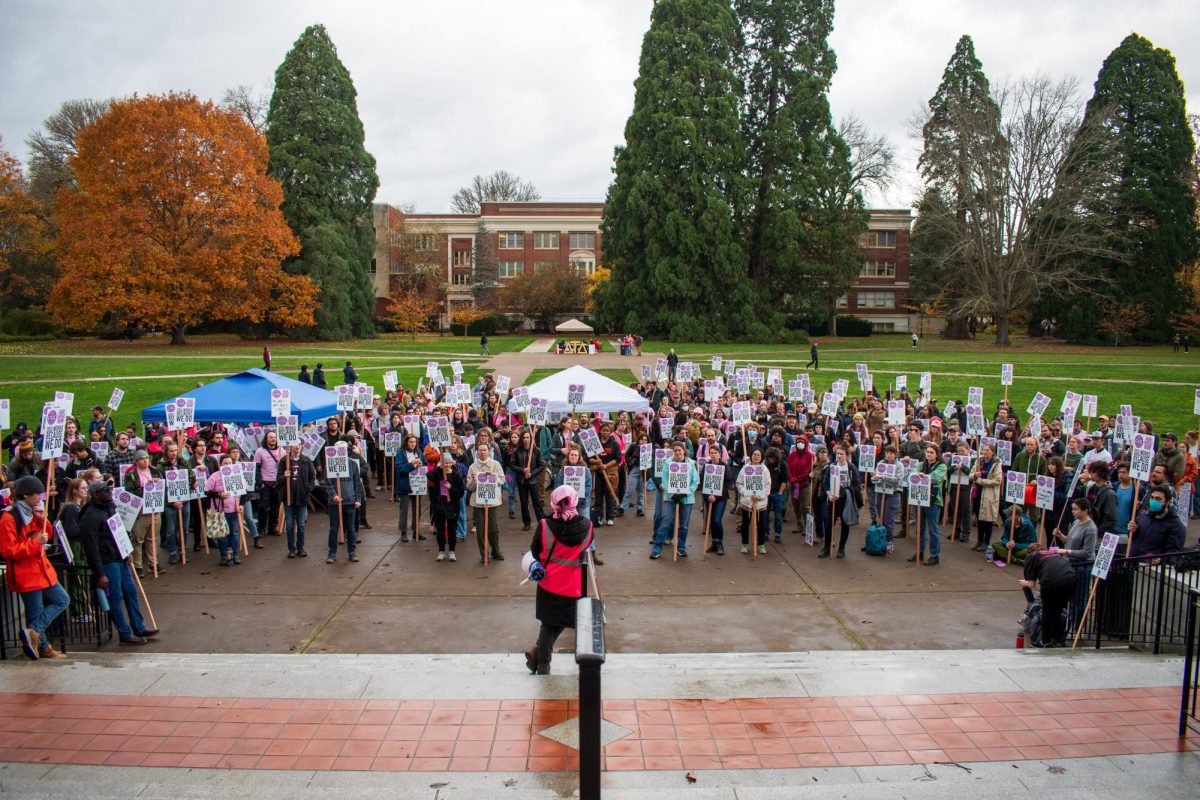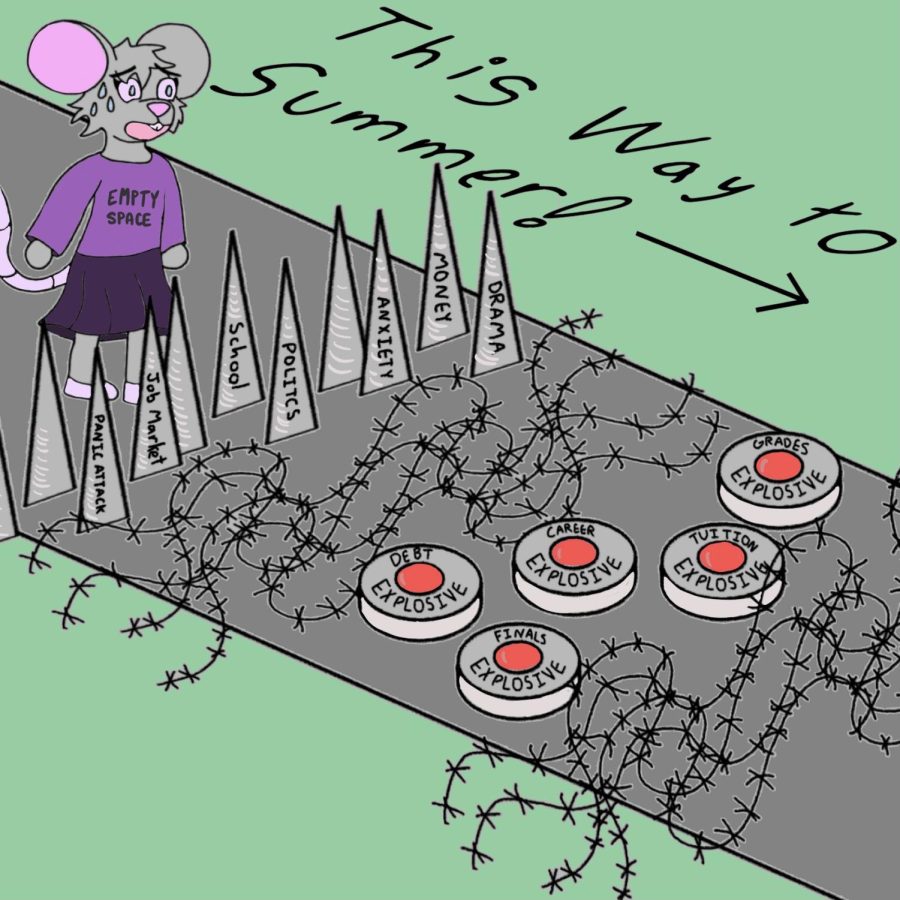Editor’s note: This is a column and does not reflect the views or opinions of the Daily Barometer.
The reinstatement of Trump-era Title IX policies has significantly influenced how educational institutions, including Oregon State University, address sexual misconduct cases. These changes, stemming from the 2020 regulations, were brought back into effect following court rulings that blocked the implementation of Biden-era Title IX rules.
The impact of these policy shifts is felt not only in how sexual misconduct cases are investigated but also in the broader conversation surrounding fairness for the accused and support for survivors.
According to Jacki Dougherty, OSU’s Title IX coordinator, the decision to reinstate the 2020 regulations means that OSU continues to utilize the Title IX investigation and resolution process established under the Trump administration rather than adopting the updated procedures that would have been consistent with the Biden administration’s 2024 regulations.
As Dougherty explained in an email chain, “If something qualifies as Title IX, the 2020 Title IX Investigation and Resolution Process will apply.”
The reinstated Trump-era regulations are more strict in its definition of sexual misconduct compared to the Biden-era guidelines, which were never enacted. As Dougherty noted, “The Title IX rule applies to a more narrow set of behaviors,” meaning that individuals may only seek Title IX resolution if the specific criteria outlined by the policy are met.
If the misconduct does not qualify as Title IX, OSU will follow a separate non-Title IX process, which still addresses sexual misconduct but “would be pursued under different processes,” Dougherty said.
One of the major differences between the two sets of regulations is the requirement for live hearings and cross-examination in Title IX cases under the Trump-era rules.
Dougherty highlighted that “Title IX processes require the live hearing. Our non-Title IX processes do not.” These procedural elements are seen by some as important safeguards for the accused but have sparked concerns about the potential impact on survivors.
OSU has taken steps to ensure that both complainants (survivors) and respondents (those accused) have access to necessary support throughout the investigation process. Dougherty emphasized that the university has “many resolution options available” for those considering reporting sexual misconduct.
These options include both formal and informal resolution processes. She explained that individuals who do not wish to engage in formal resolution can still access consultation, referrals and supportive measures like academic accommodations or housing changes.
“(Equal Opportunity and Access), as a neutral office, does not advocate for or advise either party,” Dougherty said, stressing that fairness is maintained throughout. Both complainants and respondents can have an advisor or support person of their choosing, whether it be a trained survivor advocate, an attorney or even a family member.
However, the requirement for live hearings and cross-examinations remains a contentious issue. “Live hearings are generally stressful for both parties as they may be asked to clarify details of a sexual encounter,” Dougherty said. To help reduce this stress, OSU investigators work to clarify details and gather information ahead of time, thus limiting the need for cross-examination.
Critics argue that the reinstated policies may deter survivors from coming forward. While it is difficult to attribute any specific changes in reporting rates directly to the new policies, Dougherty pointed out that OSU has continued to see “year-to-year increases in reports being made to EOA,” except for the COVID period. This suggests that, despite the procedural changes, students still feel comfortable reporting incidents of sexual misconduct.
One potential contributing factor to these increased reports is the availability of resources like the Center for Advocacy, Prevention and Education. Dougherty emphasized that CAPE provides invaluable support to survivors, whether they choose to engage in the formal Title IX process or seek alternative resolution options.
“CAPE can also help complainants explore supportive measures through EOA or our informal resolution process, even if they do not wish to pursue a formal investigation,” Dougherty said.
To help navigate the shifting policies, OSU provides comprehensive training for its staff involved in the Title IX and non-Title IX investigation processes.
“All employees who perform duties within OSU’s Title IX and non-Title IX Investigation and Resolution Process receive role-specific training and certification aligned with best practices and in compliance with State and Federal law,” Dougherty said.
This training ensures that those responsible for handling cases are well-equipped to deal with the complex and sensitive nature of sexual misconduct allegations.
In addition to formal training, OSU places a strong emphasis on trauma-informed practices. Dougherty emphasized that OSU is “committed to creating and maintaining a safe, respectful, equitable and inclusive working and learning environment,” and investigators receive specific training in trauma-informed investigations to ensure all parties feel heard and supported.
Looking to the future, Dougherty expressed uncertainty about further changes to Title IX policies. “While we never know what the future holds, it appears unlikely that the current presidential administration would invest effort into a new rule-making process to supersede the regulations that they worked to install,” she said.
The process of changing federal regulations is extensive and could take years to complete, meaning that schools like OSU will likely continue to operate under the 2020 regulations for the foreseeable future.
Despite the challenges posed by the reinstated regulations, Dougherty said that OSU remains dedicated to promoting a culture of safety, equity and fairness.
Dougherty encouraged both students and faculty to engage in ongoing training and awareness programs, noting that “individuals and communities can commit to increasing their understanding of sexual misconduct and discrimination, prevention education and bystander intervention strategies by actively engaging in these trainings, workshops and activities.”
The reinstatement of the Trump-era Title IX policies has added complexity to how sexual misconduct cases are handled at OSU. While the focus on due process aims to protect the rights of the accused, it has also raised concerns about its potential deterrent effect on survivors.
As the university continues to navigate these policies, the key to ensuring fairness and support for all parties will lie in maintaining a balance between procedural protections and the creation of a safe, inclusive environment.



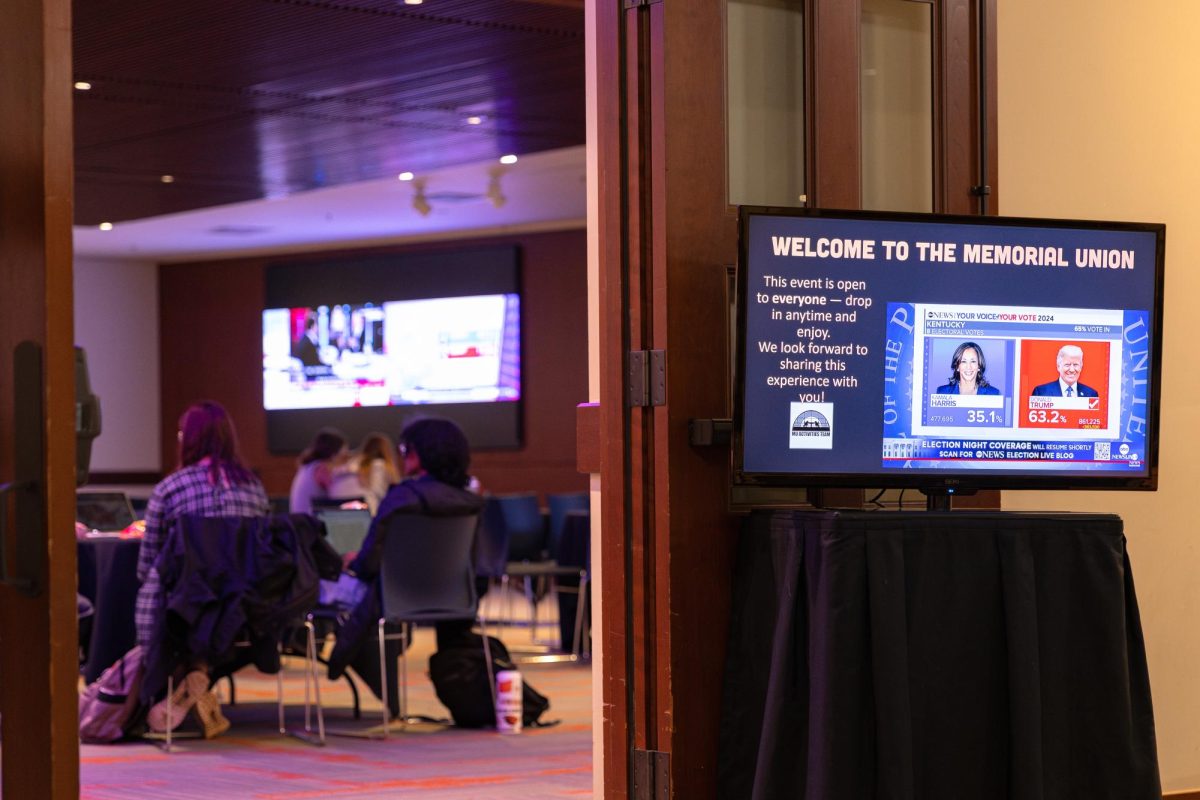



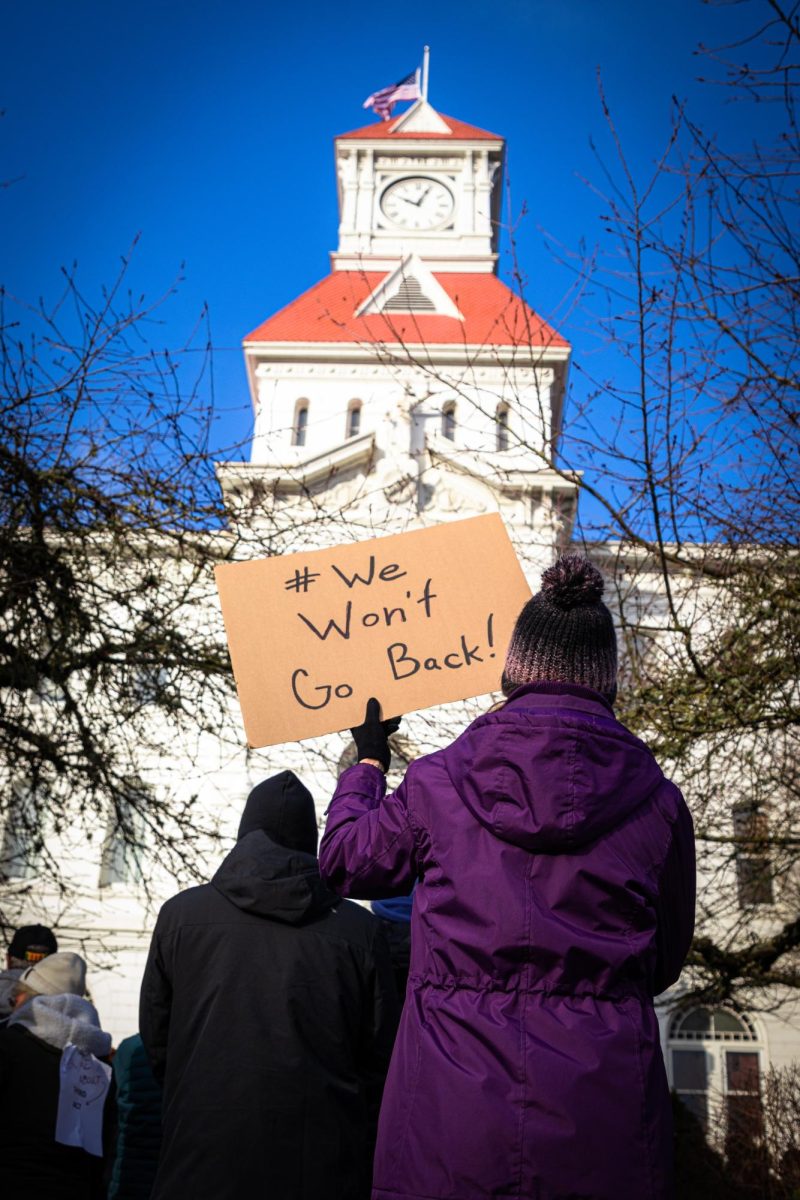




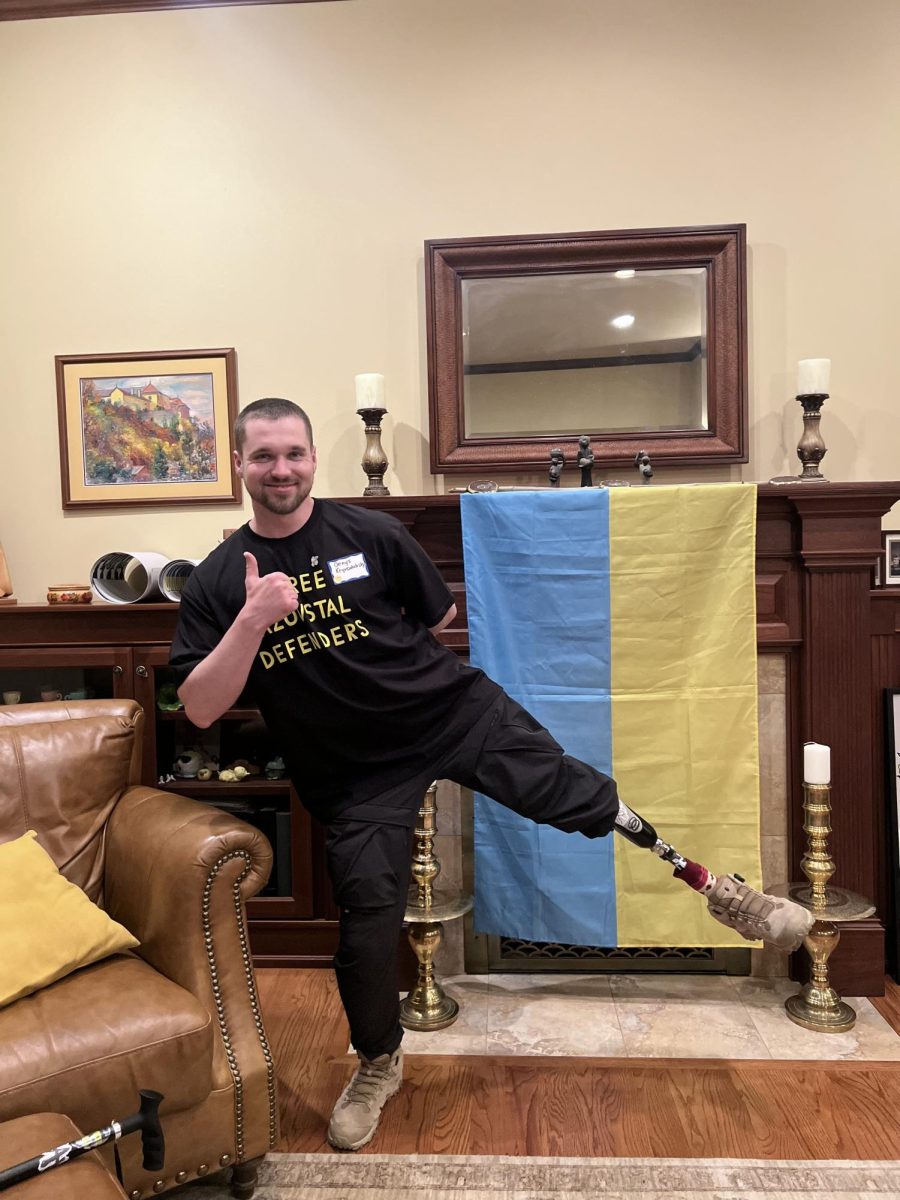





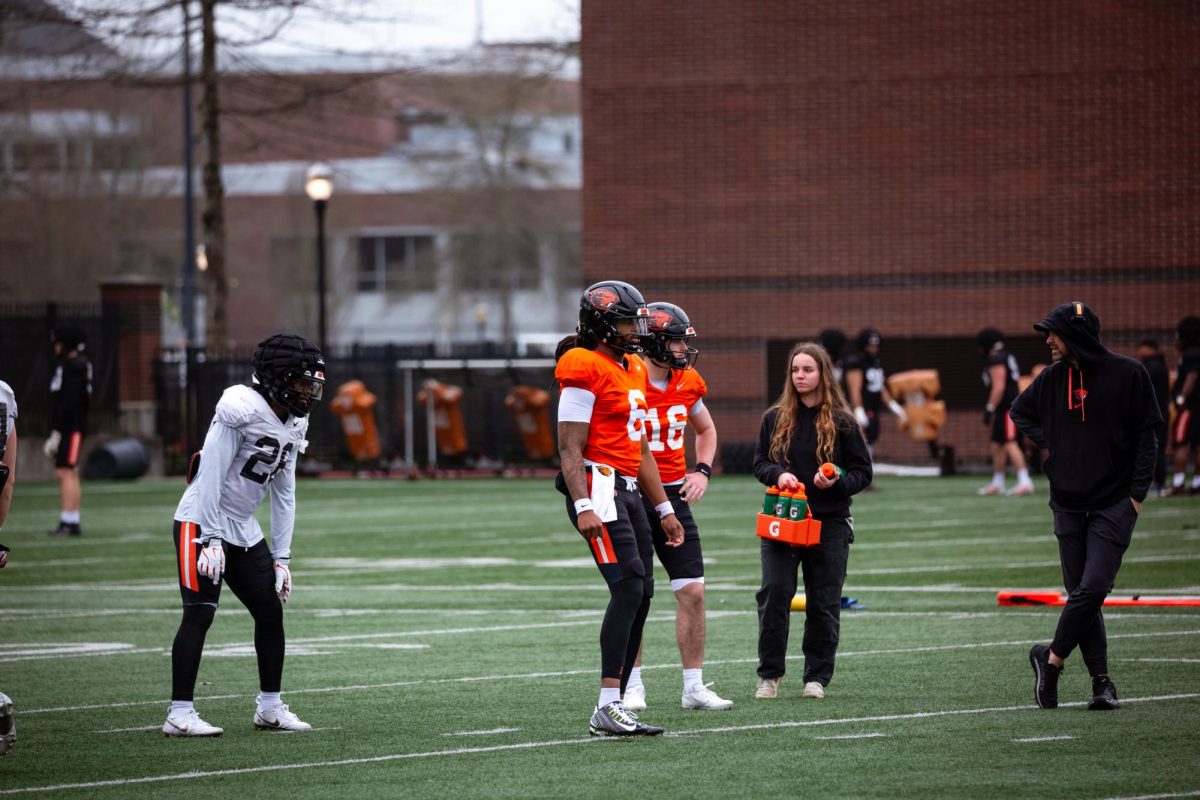





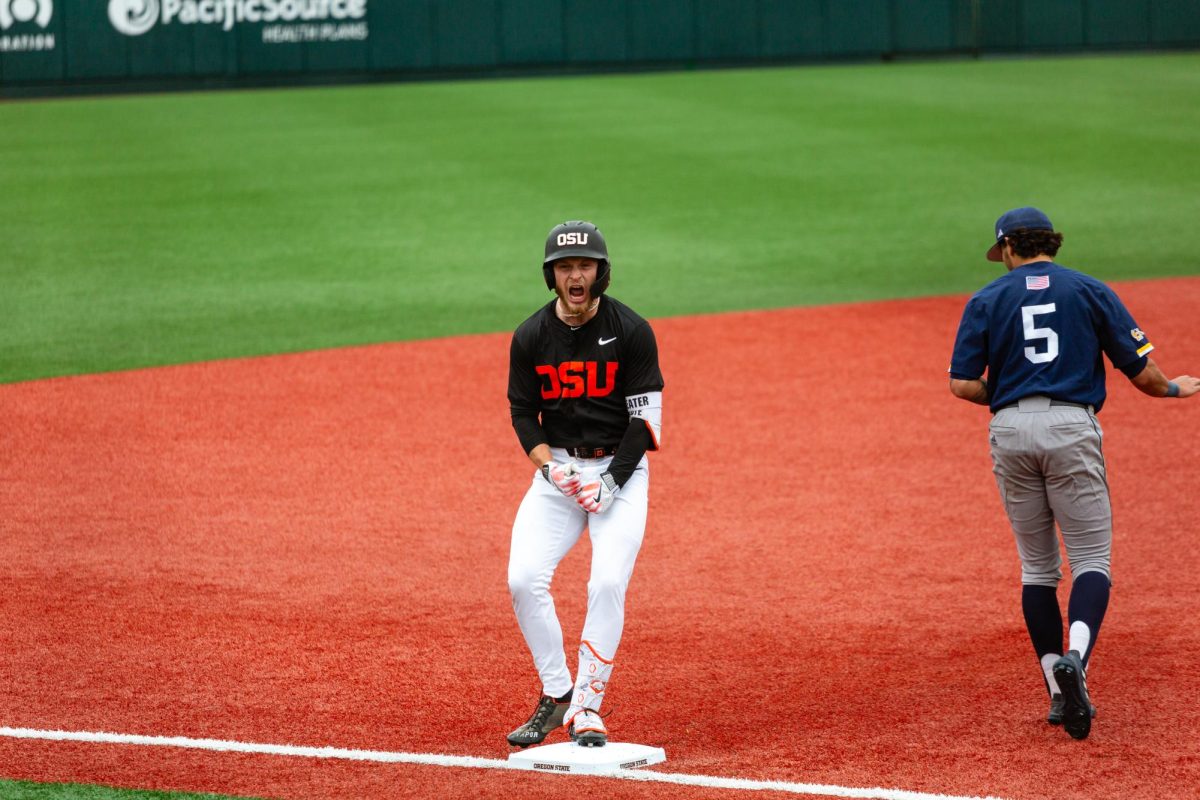
















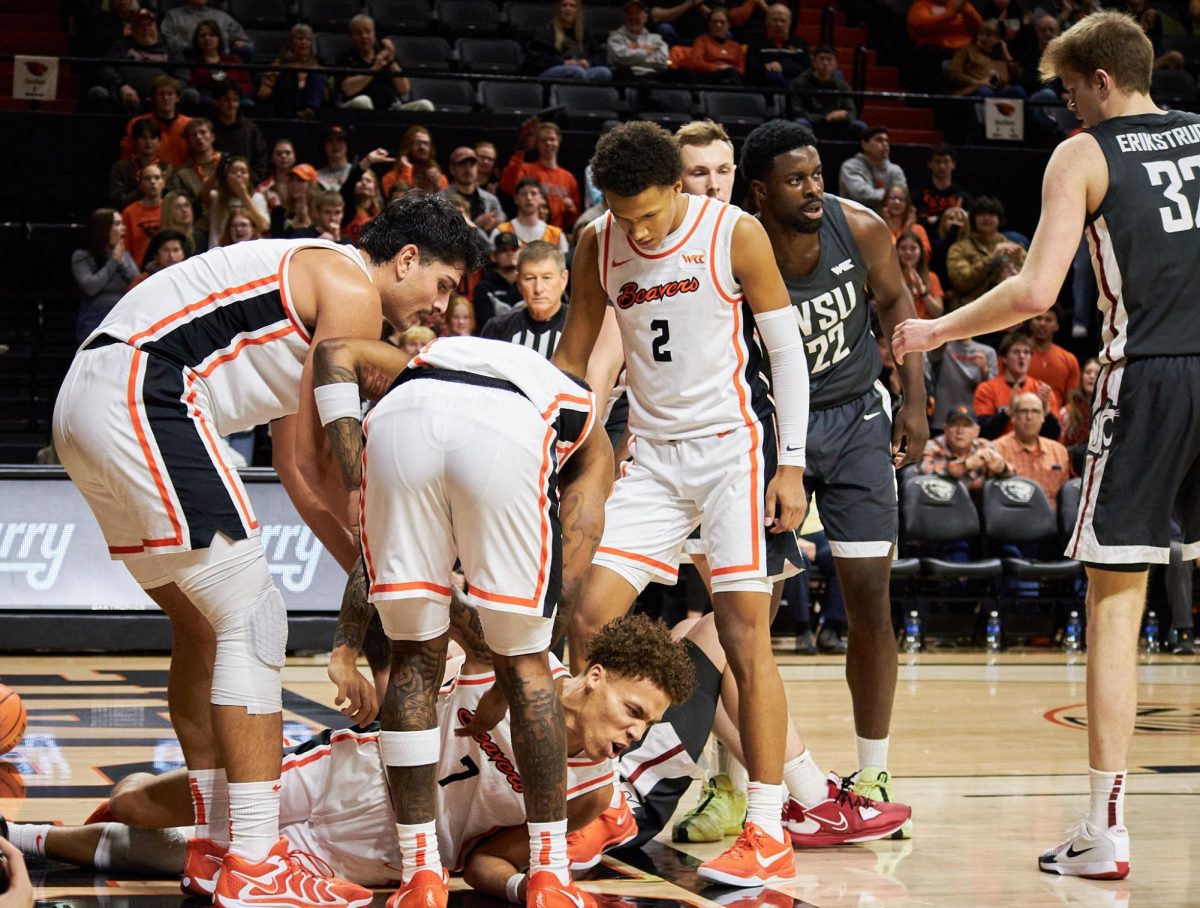




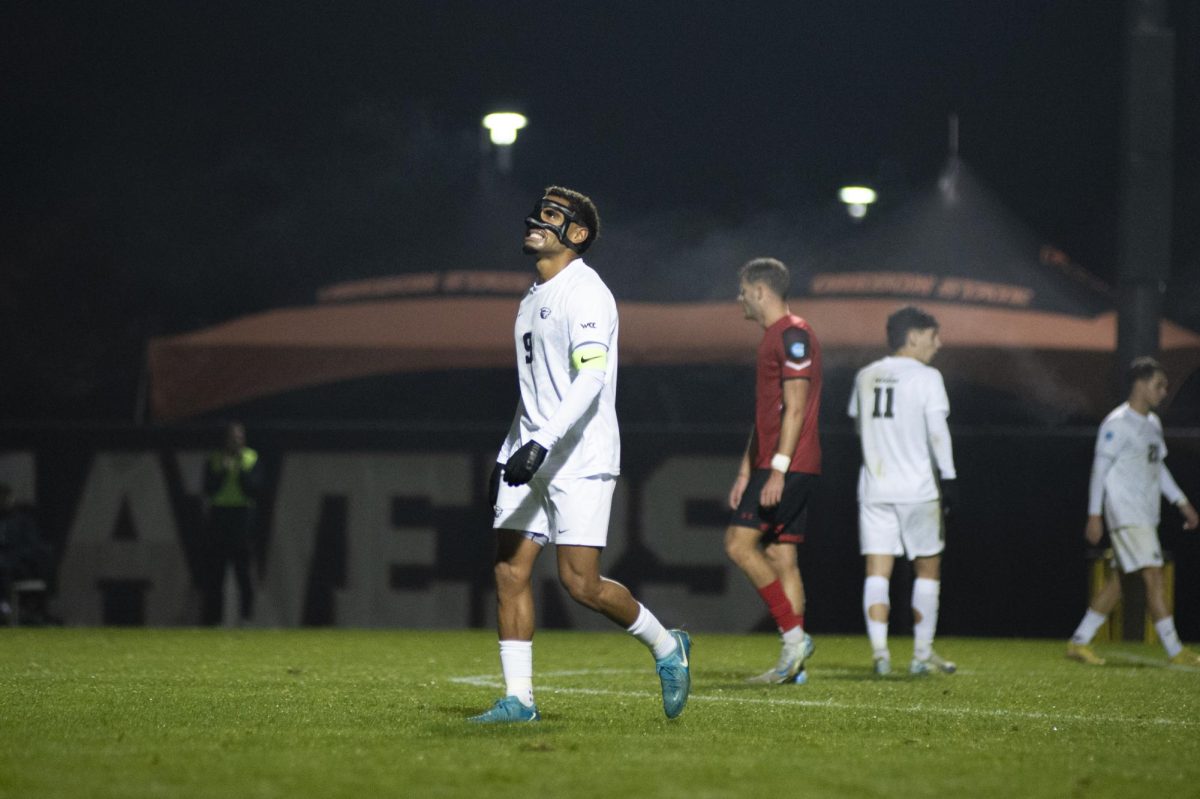
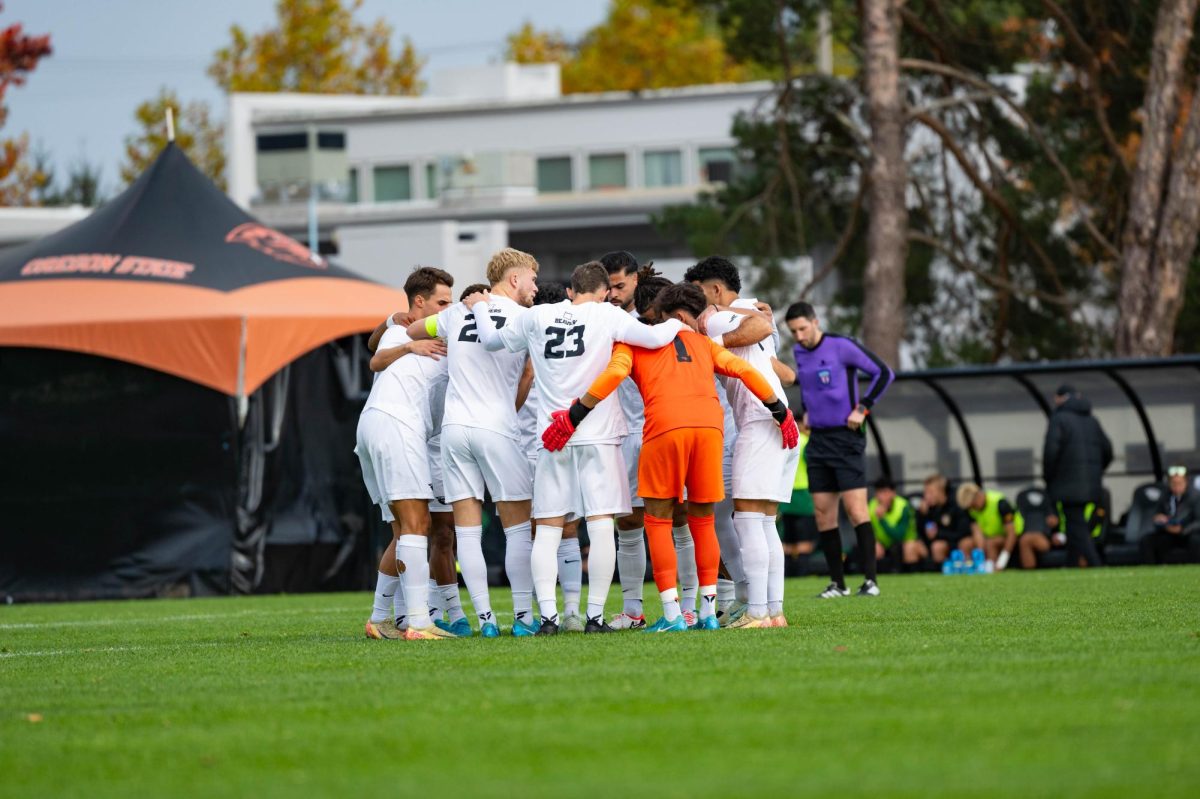

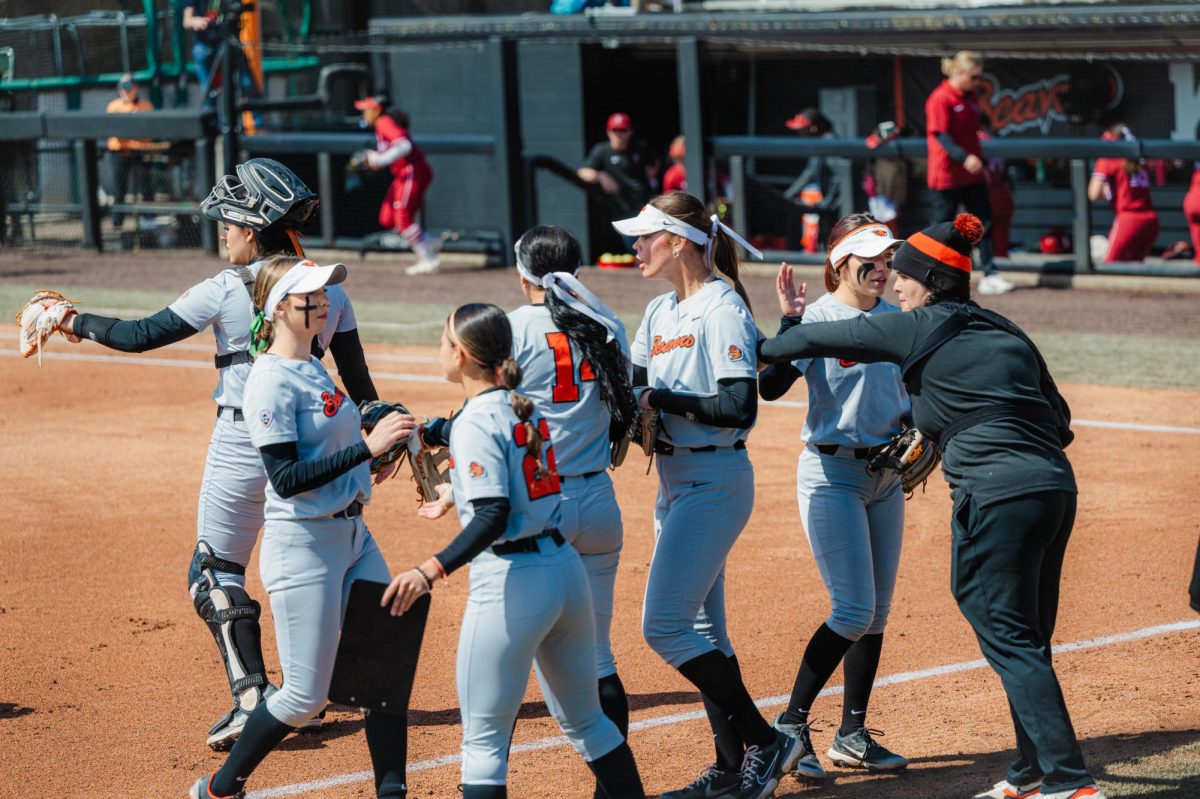
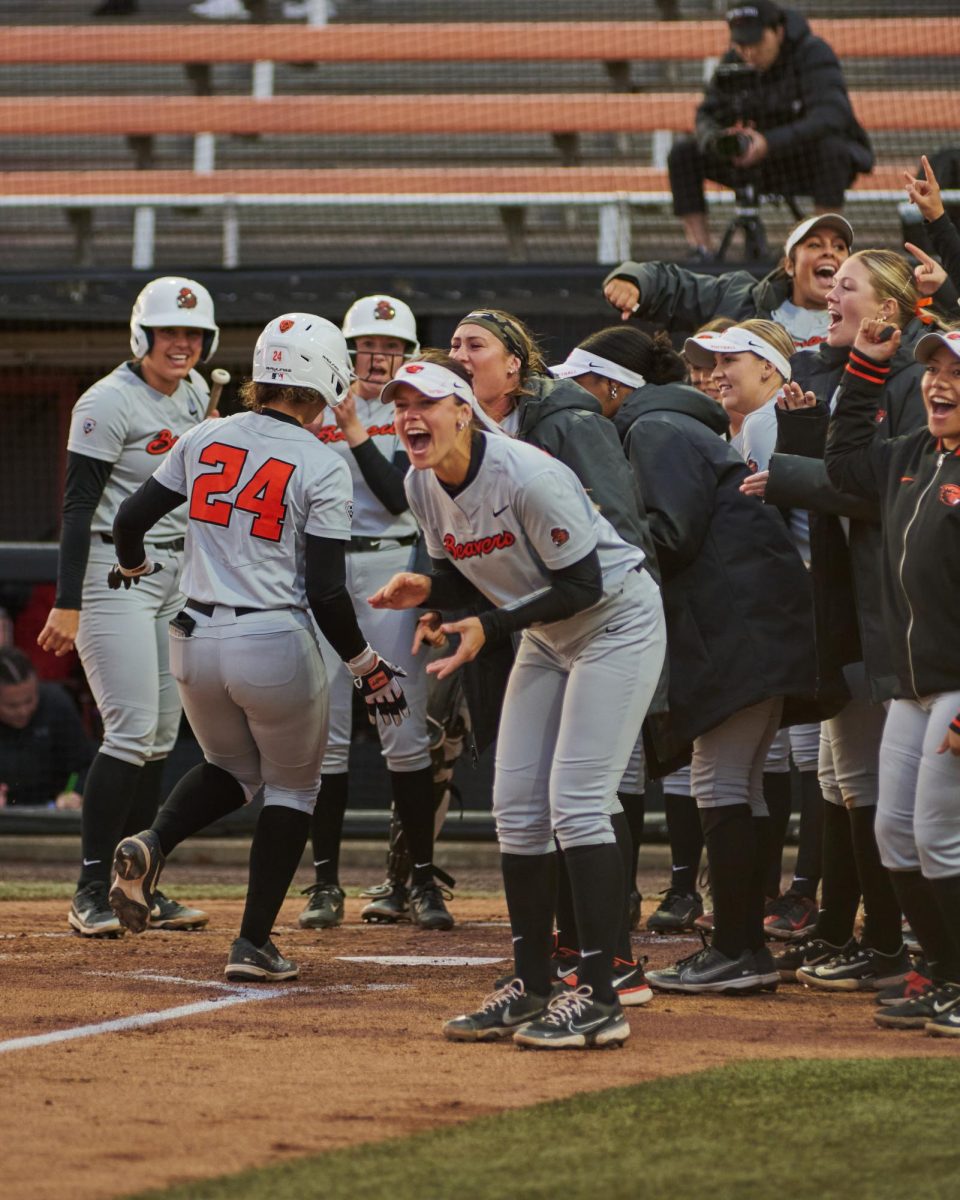

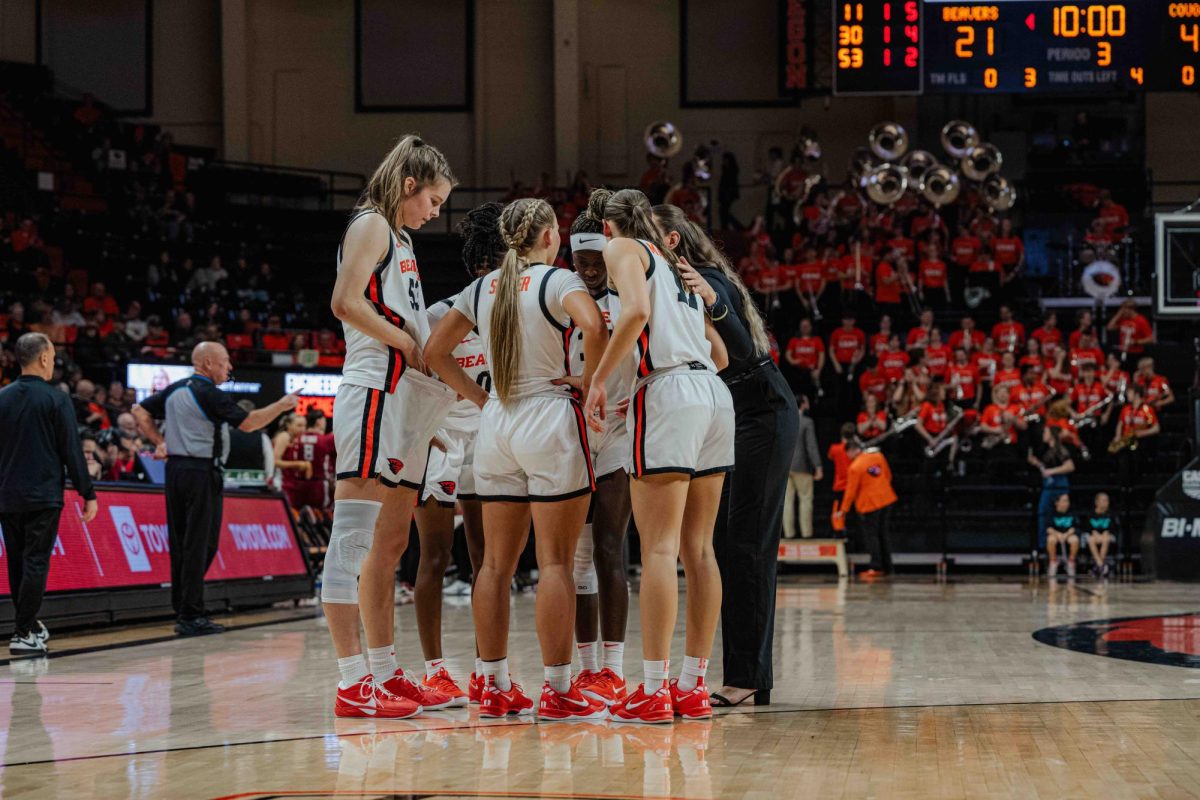


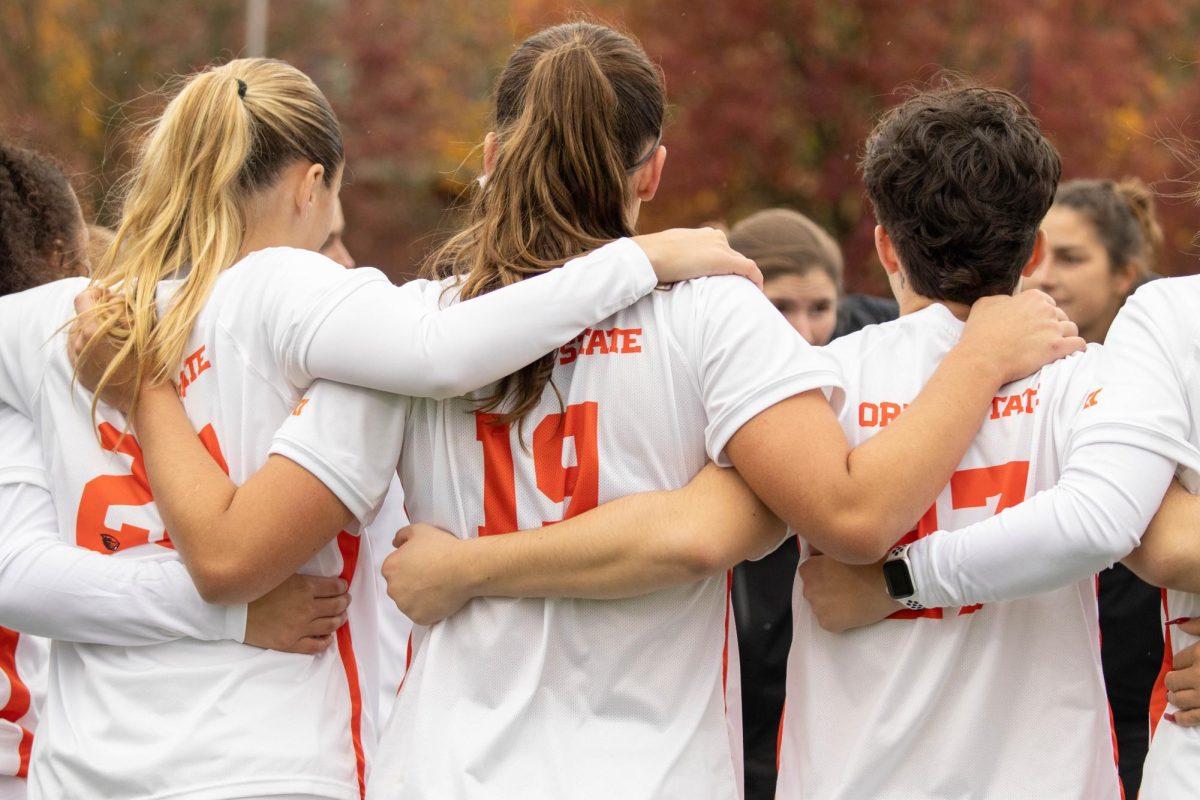
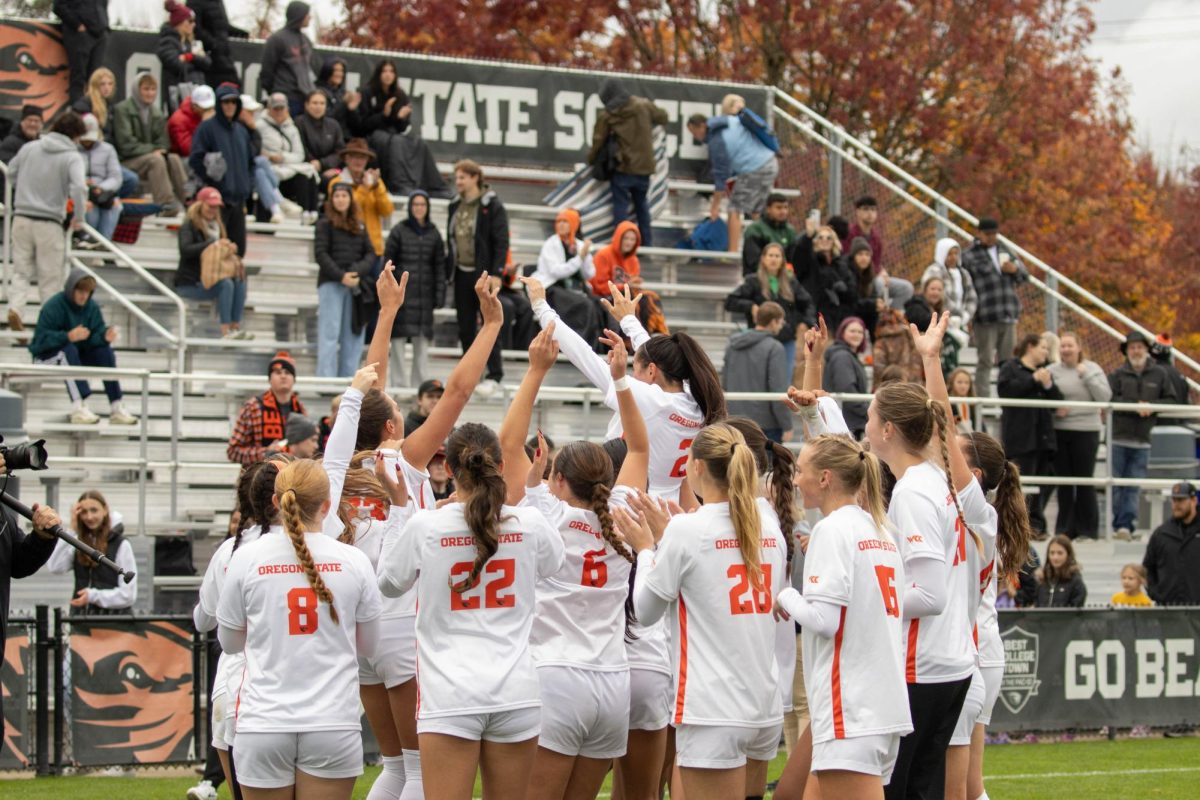








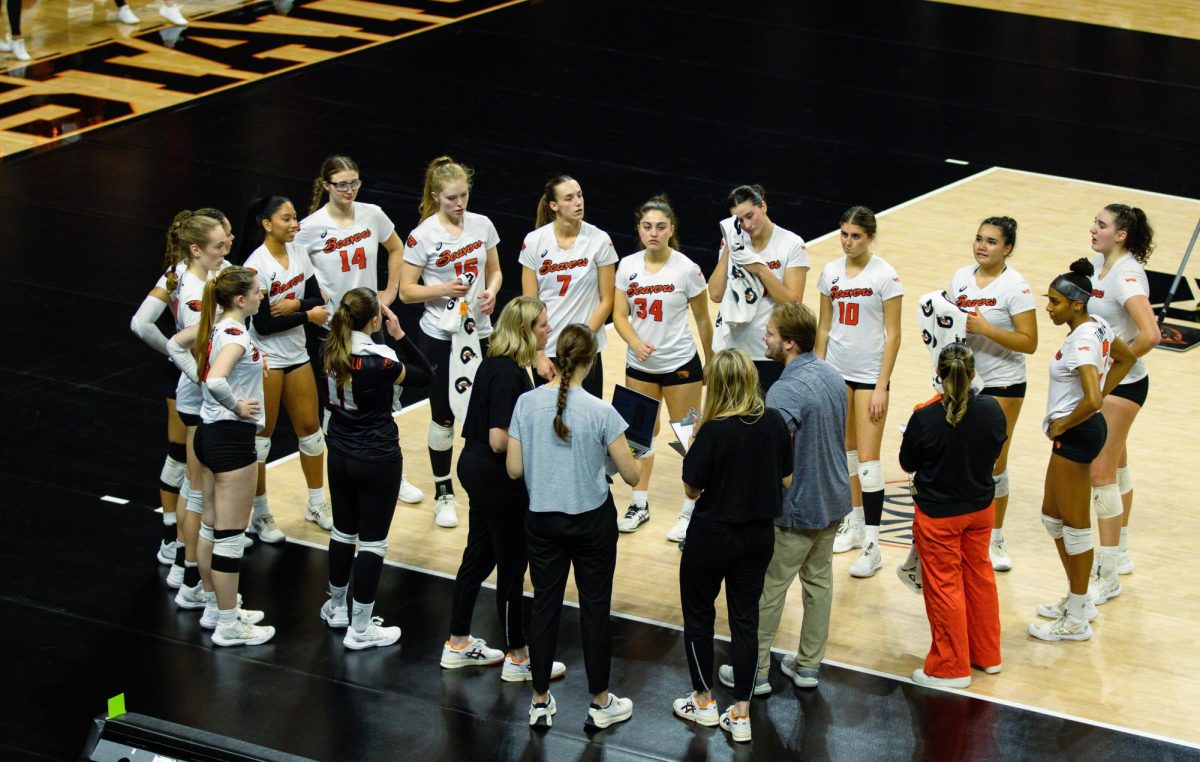
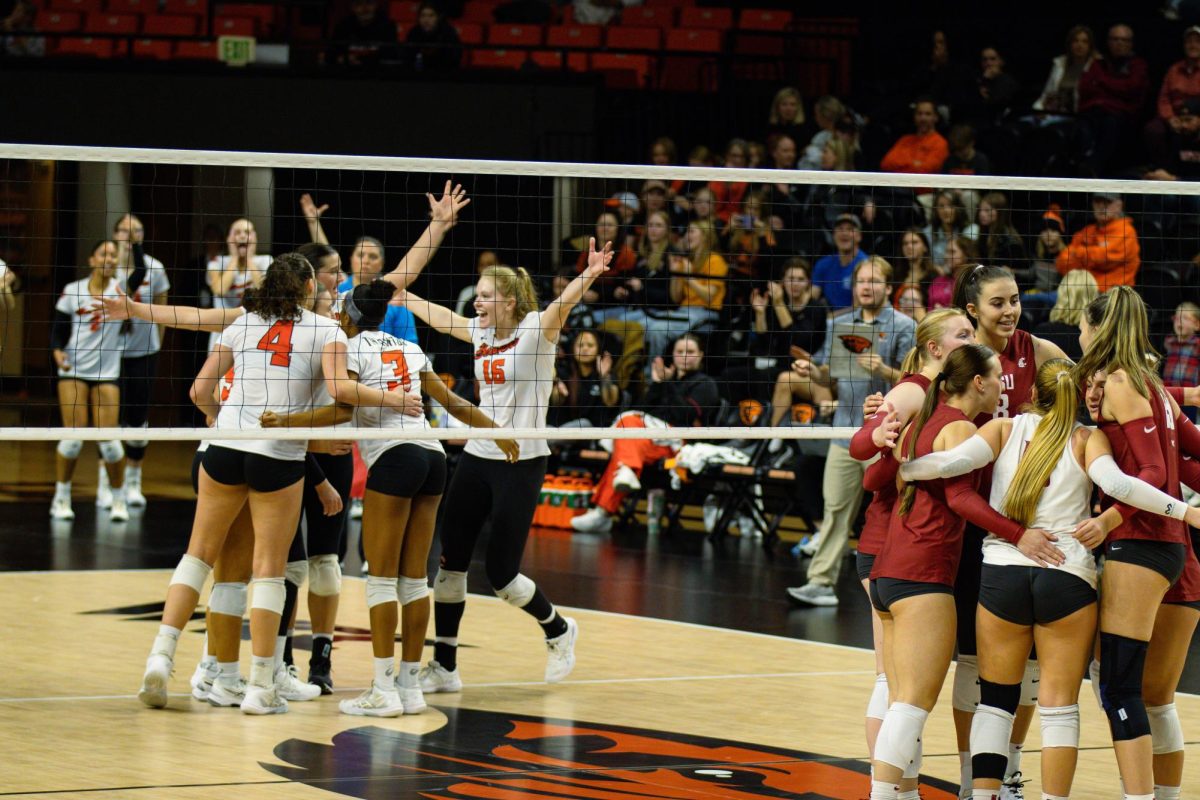
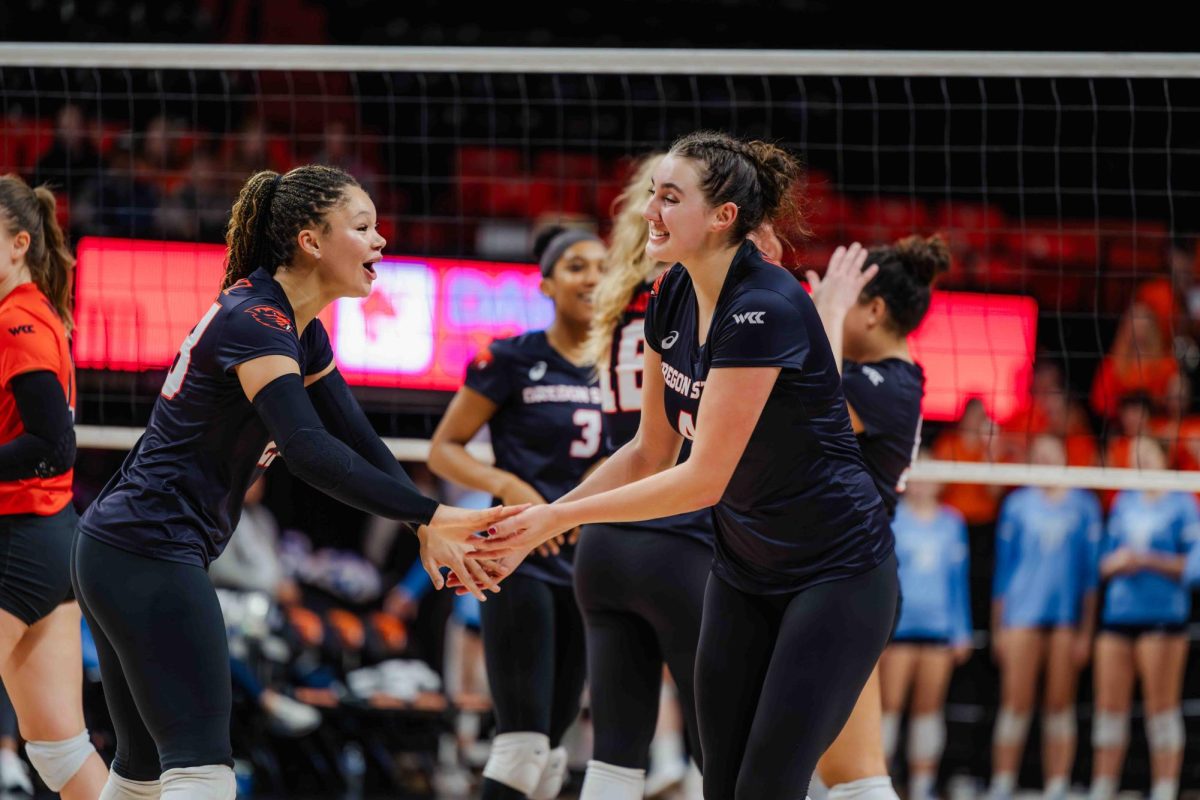
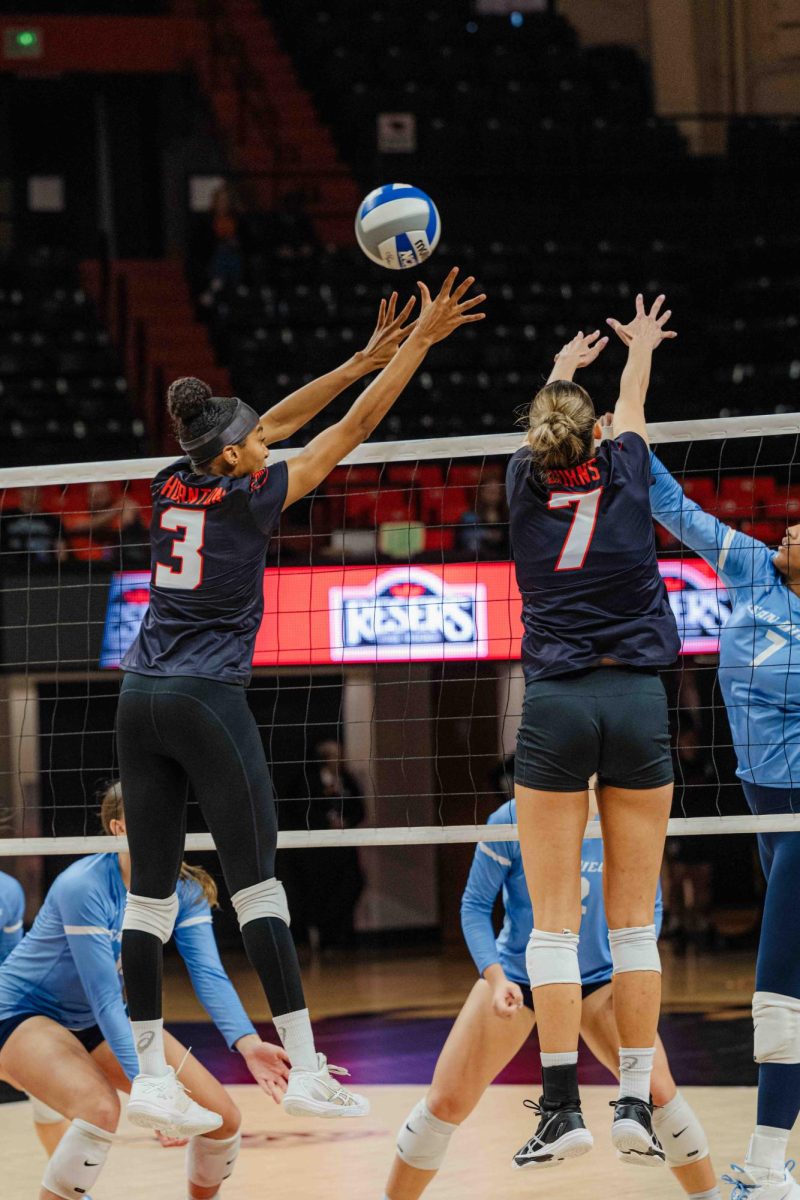
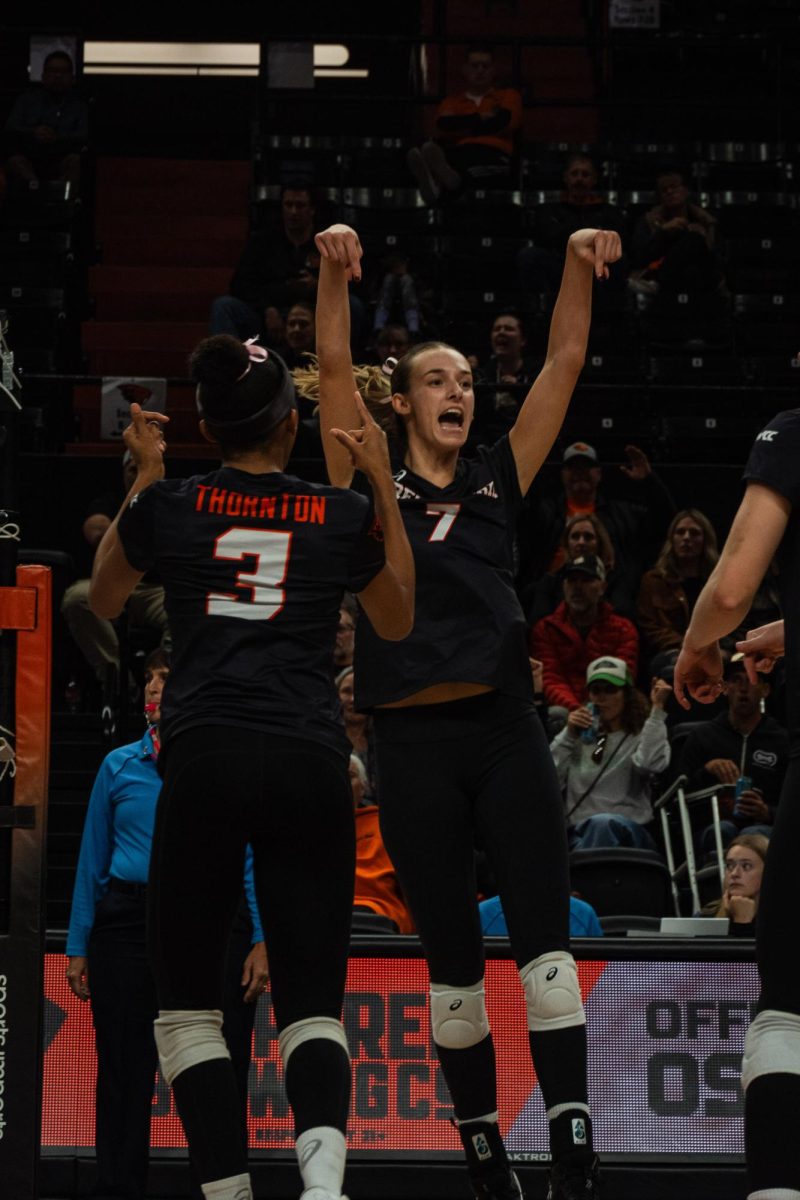
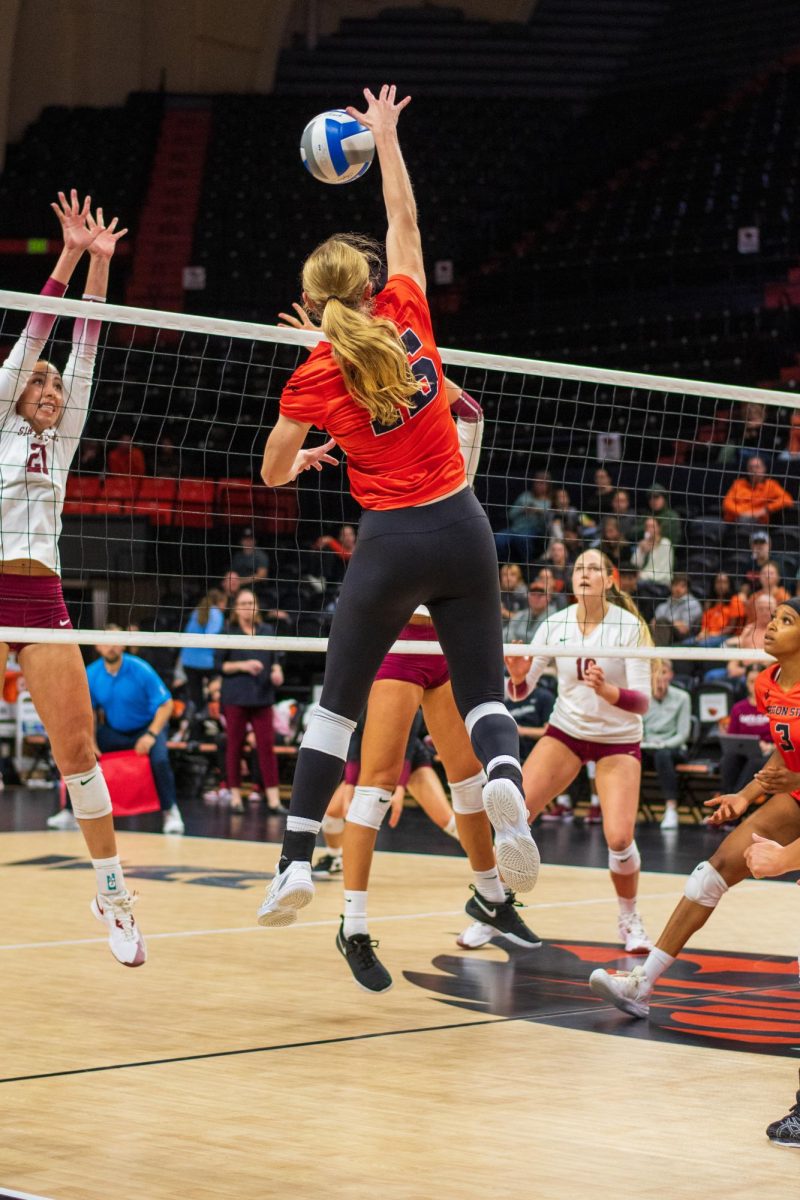

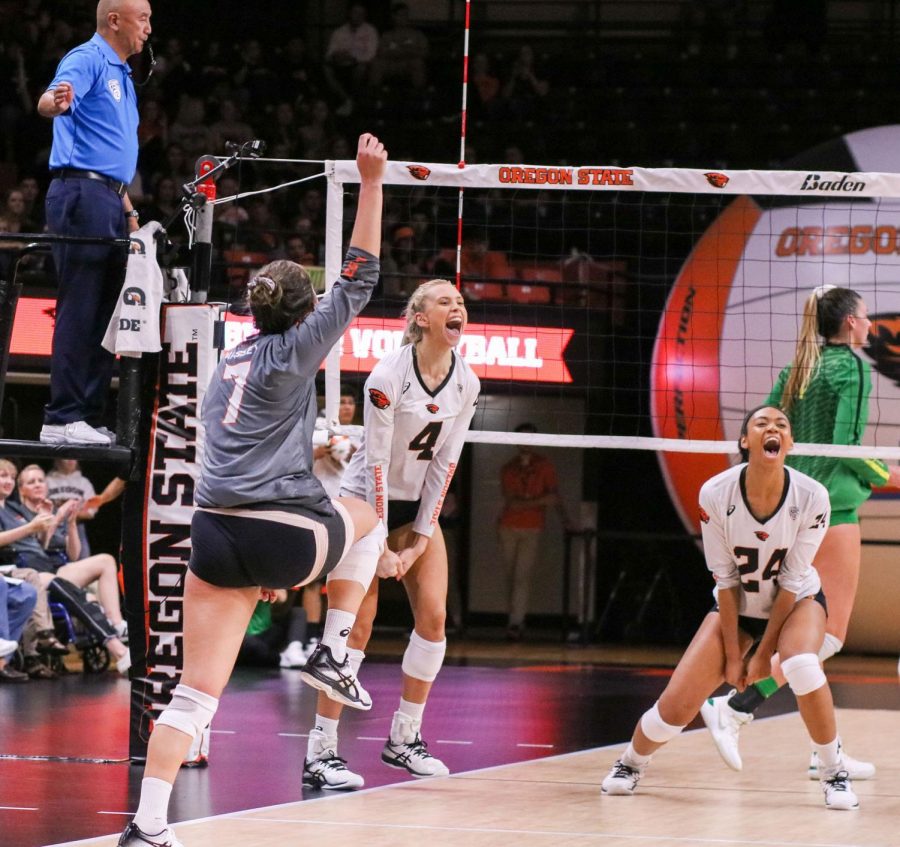










![Newspaper clipping from February 25, 1970 in the Daily Barometer showing an article written by Bob Allen, past Barometer Editor. This article was written to spotlight both the student body’s lack of participation with student government at the time in conjunction with their class representatives response. [It’s important to note ASOSU was not structured identically to today’s standards, likely having a president on behalf of each class work together as one entity as opposed to one president representing all classes.]](https://dailybaro.orangemedianetwork.com/wp-content/uploads/2025/03/Screenshot-2025-03-12-1.00.42-PM-e1741811160853.png)








